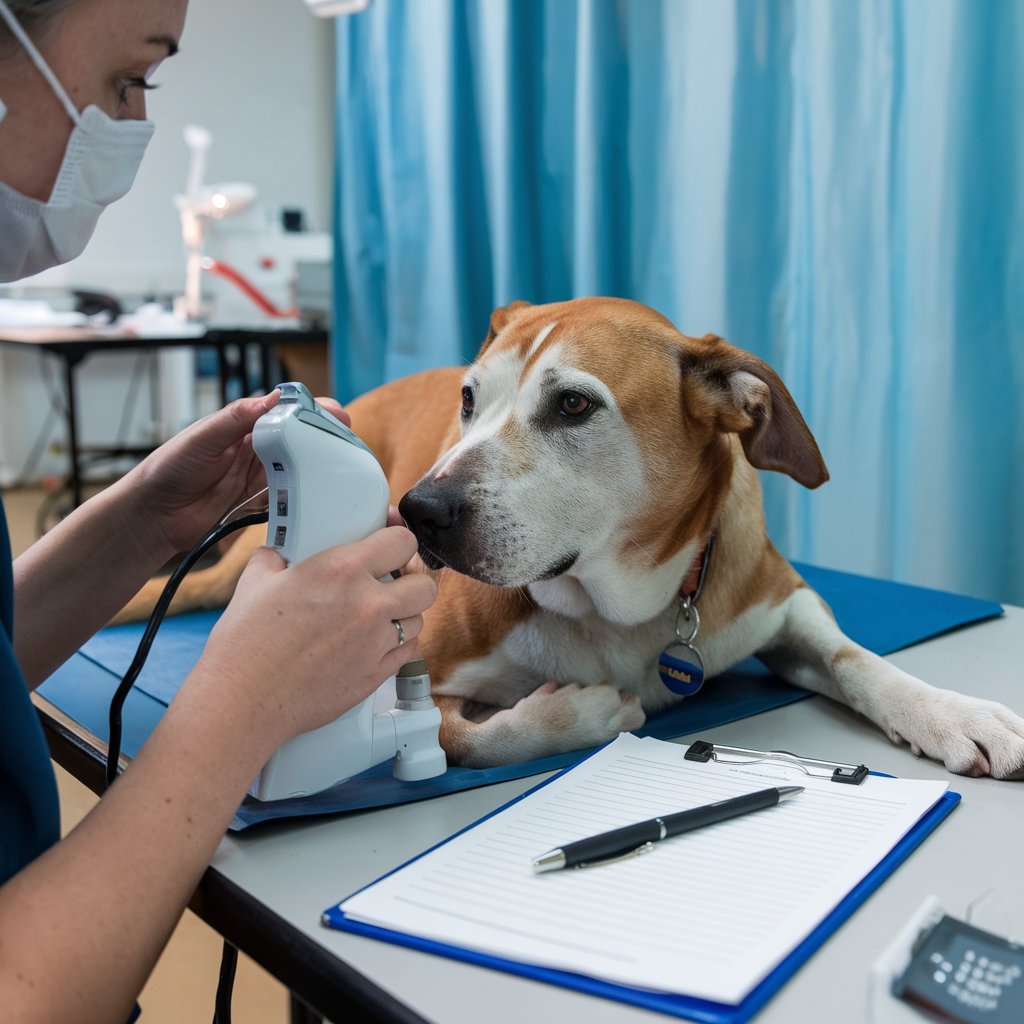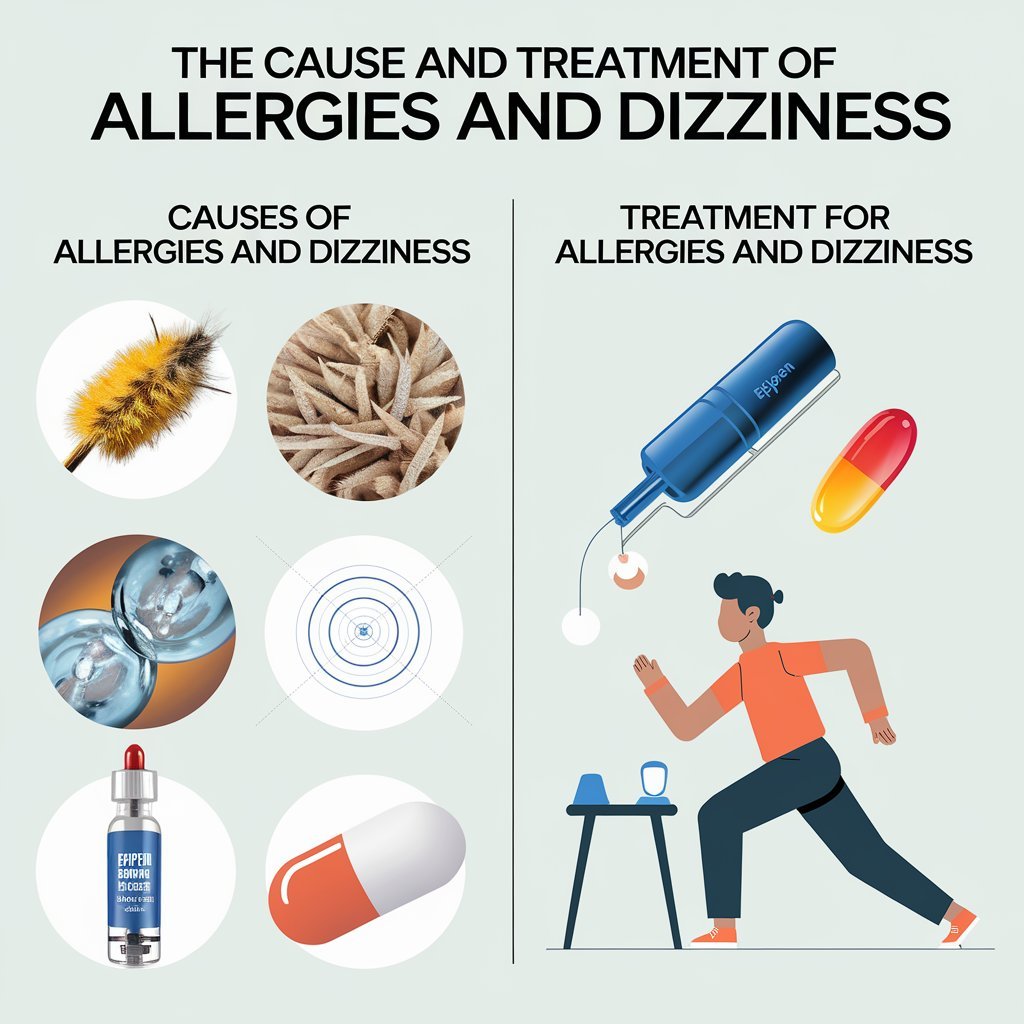Conjunctivitis, also known as pink eye, and allergic conjunctivitis, also referred to as eye allergies, are two distinct medical conditions that can cause the same symptoms: discharge from the eye, itchiness, redness, and watery eyes. Pink eye and eye allergies are forms of conjunctivitis, or inflammation of the conjunctiva. The conjunctiva is a thin membrane that covers the eyeball and the inside of the eyelids
So how do you know it’s pink eye versus allergies? It depends on what is causing that inflammation. Pink eye is a bacterial infection or viral infection, whereas the cause of the allergic condition would be an allergen such as pet dander and pollen.
Pink eye and eye allergies are not the only causes of eyes that look pink or red, but they are among the most common. Read on to learn how to tell the difference between pink eye and eye allergies.
What Is Pink Eye (Conjunctivitis)?
Conjunctivitis caused by bacteria and viruses is commonly known as pink eye. Bacterial pink eye is less common than the viral type and presents with symptoms different from the viral type and eye allergies.
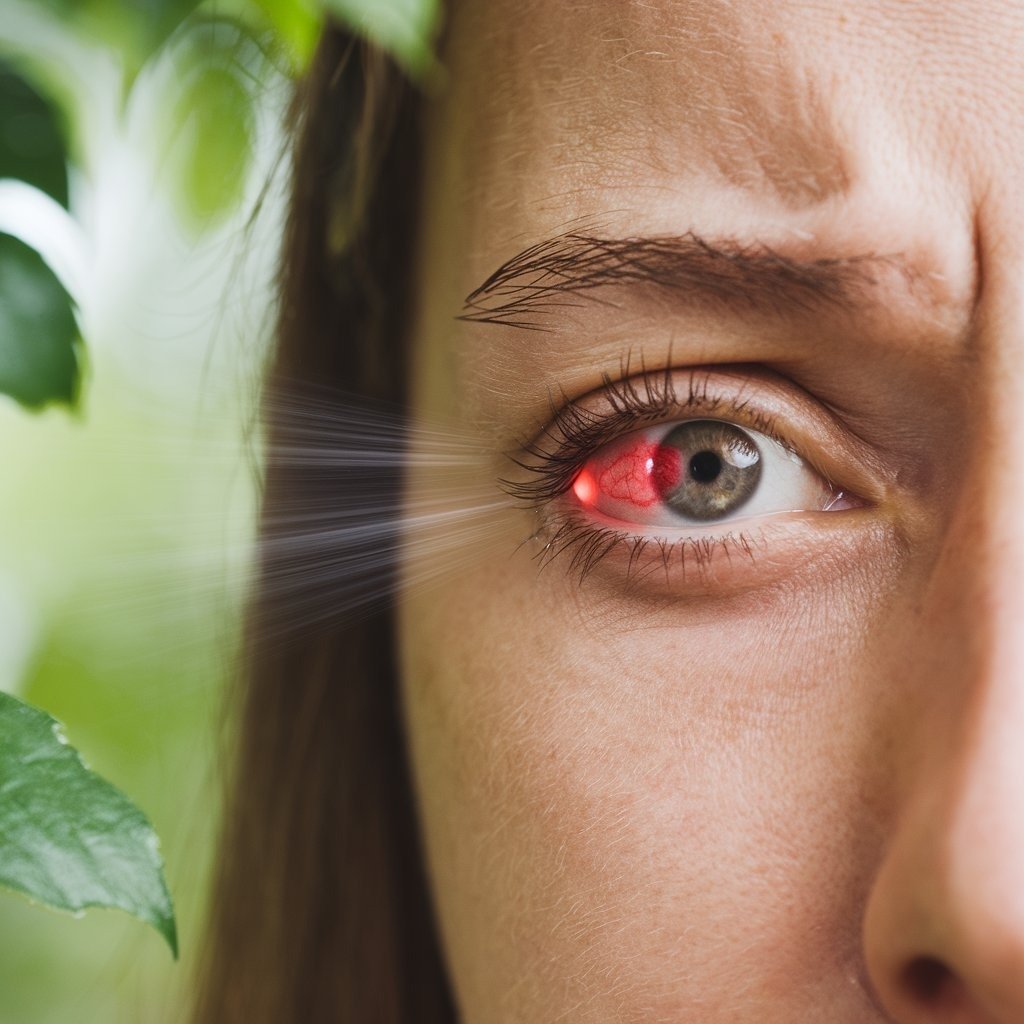
Symptoms
Bacterial pink eye often involves the following symptoms:
- Scabby yellow or green discharge from your eyes
- Eyelids stuck together
- Redness-often is one eye, though can occur in both
Viral pink eye commonly occurs as a symptom of the common cold. You might experience redness and eye discharge that’s more watery than crumbly.
Causes
Some of the common causes of bacterial pink eye include staphylococcus and streptococcus bacteria. For instance, the same bacteria that cause strep throat may cause bacterial pink eye. Those bacteria can spread from hand to eye or through respiratory droplets.
You can get viral pink eye the same way you get a cold, by touching infected surfaces and then touching your eyes. The same viruses that cause common colds can result in this infection.
Diagnosis
A healthcare provider can diagnose pink eye by looking at your eyes and swabbing the conjunctiva. They will send the swab sample to a laboratory for analysis. Some analyses can determine what type of bacteria or virus is causing your symptoms.
Treatment
An eye care provider will likely prescribe antibiotic eye drops or ointments to treat bacterial pink eye. Antibiotics won’t be helpful in the treatment of viral pink eye, but artificial tears, cool compresses, and mild eye steroid drops can provide relief from symptoms.
Viral pink eye mostly recovers on its own within three weeks, although it may sometimes develop into bacterial superinfection. For instance, you can introduce bacteria in the eyes if you keep rubbing them.
Bacterial and viral pink eye are infectious. Be vigilant about washing your hands if you have it, or are around someone who does.
What Are Eye Allergies (Allergic Conjunctivitis)?
You may develop eye allergies if you are allergic to dust mites, mold, pet dander, pollen, or other allergens. The conjunctiva becomes inflamed and swollen when those substances come into contact with your eyes.
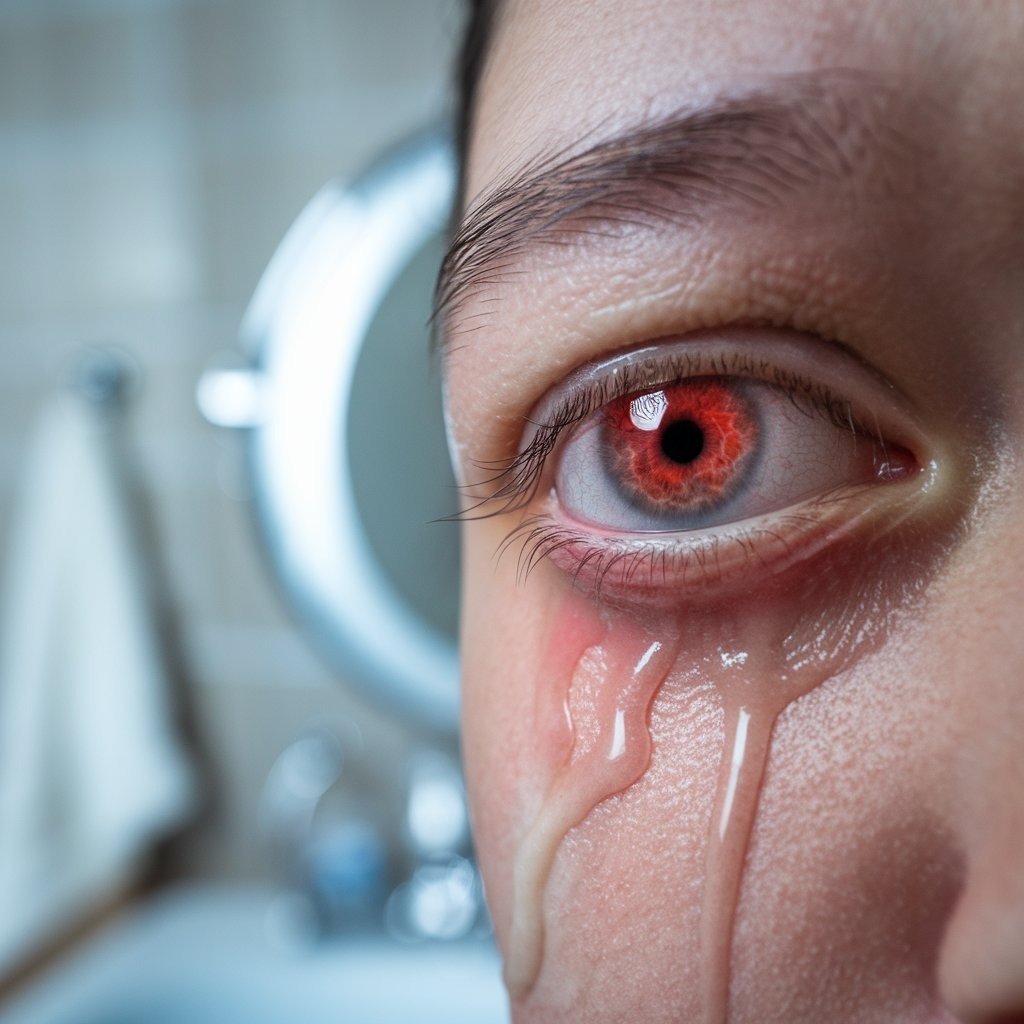
Symptoms
Eye allergies usually cause symptoms such as:
- A gritty feeling in your eyes
- Burning
- Itching
- Light sensitivity
- Redness
- Swelling of the eyelids
- Watery eyes
Causes
Eye allergies are caused by allergens, such as dust mites, mold, pet dander, and pollen. Your body overreacts when one of those harmless substances comes into contact with your eye and releases histamine. This chemical causes the blood vessels in the conjunctiva to swell, resulting in itchy, red, and watery eyes.
Diagnosis
A healthcare provider may look at your eyes for signs of allergic conjunctivitis: “If we look under the eyelid, we may find bumps indicative of allergies, called papillae,” says Jules Asher Winokur, MD, an ophthalmologist at Northwell Health.
.Treatment
Allergic conjunctivitis is not infectious, and most symptoms can be treated at home. The best way to help reduce symptoms is to avoid the allergens causing the problem.
Other ways to treat eye allergies include:
MedlinePlus. Allergic conjunctivitis.
- Apply a cool compress to your eyes to reduce discomfort.
- Avoid smoke and secondhand smoke.
- Take antihistamines, available over the counter as pills, capsules, liquids, and eye drops.
- Use decongestant, lubricating, or mild eye steroid drops.
Remove contact lenses at the first sign of irritation and redness. Wearing contact lenses increases your risk of infection.
Pink Eye vs. Allergies
Pink eye and eye allergies are two forms of conjunctivitis that share similar symptoms. The difference mainly lies in what is causing those symptoms. A healthcare provider may use different methods to diagnose and treat pink eye and eye allergies, depending on the cause.
Here’s a look at the similarities and differences between pink eye and eye allergies:
How To Prevent Spreading Pink Eye
Eye allergies are not contagious, so you cannot spread allergic conjunctivitis. On the other hand, the viruses and bacteria that cause pink eye are highly contagious.
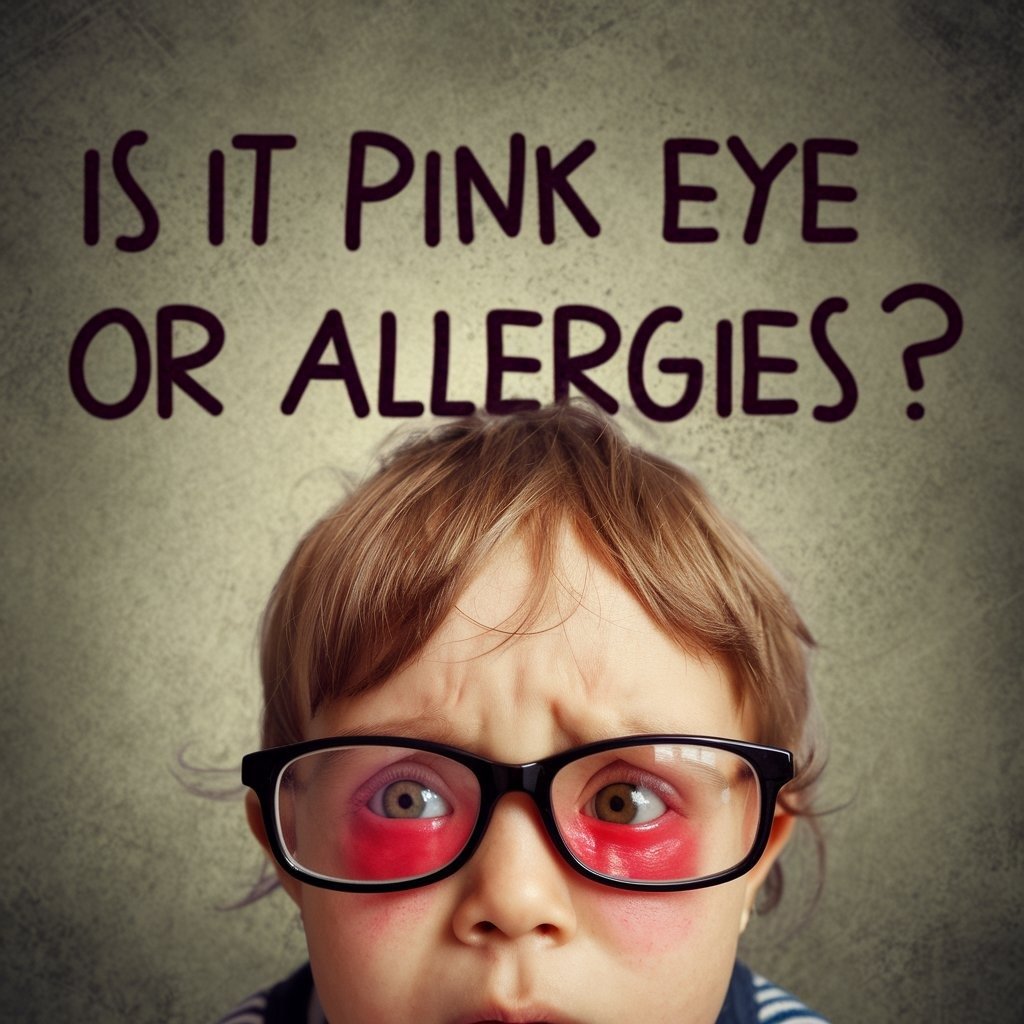
- Avoid touching your eyes.
- Change and clean your contact lenses as instructed.
- Do not share eye makeup, handkerchiefs, and towels.
- Regularly change your pillowcases.
- Replace eye makeup if it expires.
- Wash your hands.


